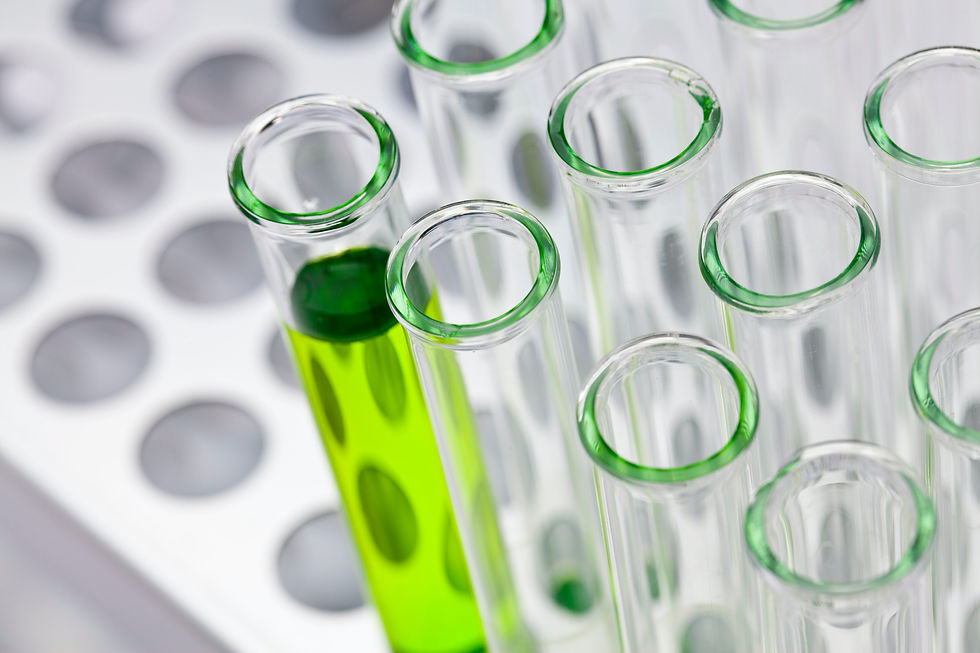


William Chen '25
Synthetic Biology 101 - How to Make Biology
When most people think of biology, it’s about dissecting specimens preserved in alcohol, observing wildlife on the plains, or looking at microorganisms under a microscope. It’s mostly about understanding how organisms survive this world, just from different perspectives: micro to macro, individual to evolutional. Is there another way for biology to go? If there is, it would be synthetic biology.
Synthetic biology connects with traditional studies of biology, but runs on different principles: Its goal is not to understand biological systems on a genetic level, but to build them based on the knowledge we have on genetics.
One important concept in SynBio is a Biological Part. This can be thought of simply as an element in a circuit. They account for a single function: some regulates transcription, some allows translation, and some codes information of proteins. In practice, these gene fragments usually originate from natural genomes.

These parts are then assembled into different vectors to be taken in by organisms and “ran” like a code. The assembling part could be an article on its own, but for the most of synthetic biology, they are transformed into microorganisms, especially E. coli: it’s simple and it works.
Usually, with prokaryotes such as E. coli, these parts are assembled into commercially available “backbone” plasmids. Then, they are transformed into cells - in nature, it’s an effective way to horizontally share DNA, and is often the cause of antibiotic resistance.
However, as you could probably imagine, there are some downsides to doing this. To begin with, a lot of experiments need to be done on eukaryotic cells: prokaryotes like E. coli lack some of the complex functions of eukaryotic cells. The common solution is to use yeasts, like the ones we use for baking, Saccharomyces cerevisiae.
The other concern is the spread of unwanted genes, since most plasmids contain an antibiotic resistance gene for selecting the colonies that contain the plasmid. If these genes are not broken down before disposal, they may spread antibiotic resistance and result in many, many difficult situations.
Now we have the plasmids. We don’t necessarily know how it’s going to act in the cell, since gene regulation is very complex and has a decisive influence on the expression of your target genes. We can look at several proteins to predict that: transcription factors, regulators, and sensory proteins. They account for how the gene is transcribed and regulated. This is another idea in synthetic biology: rules and modeling, which helps us predict the effects of the genes we send it.
Lastly, just like an electrical circuit, these parts need to be standardized, so that they could be easily assembled, thus allowing for collaboration between researchers and companies. Currently there are a few assembly standards that are commonly used, such as BioBrick or Golden Gate (they have weird names).
I hope this has been informative, or at least give an obscure idea of what this new area of study intends to do. Many look forward to its application in the near future, such as in the field of diagnostics, or biofuels.
Reference:
https://www.ibiology.org/bioengineering/introduction-to-synthetic-biology/